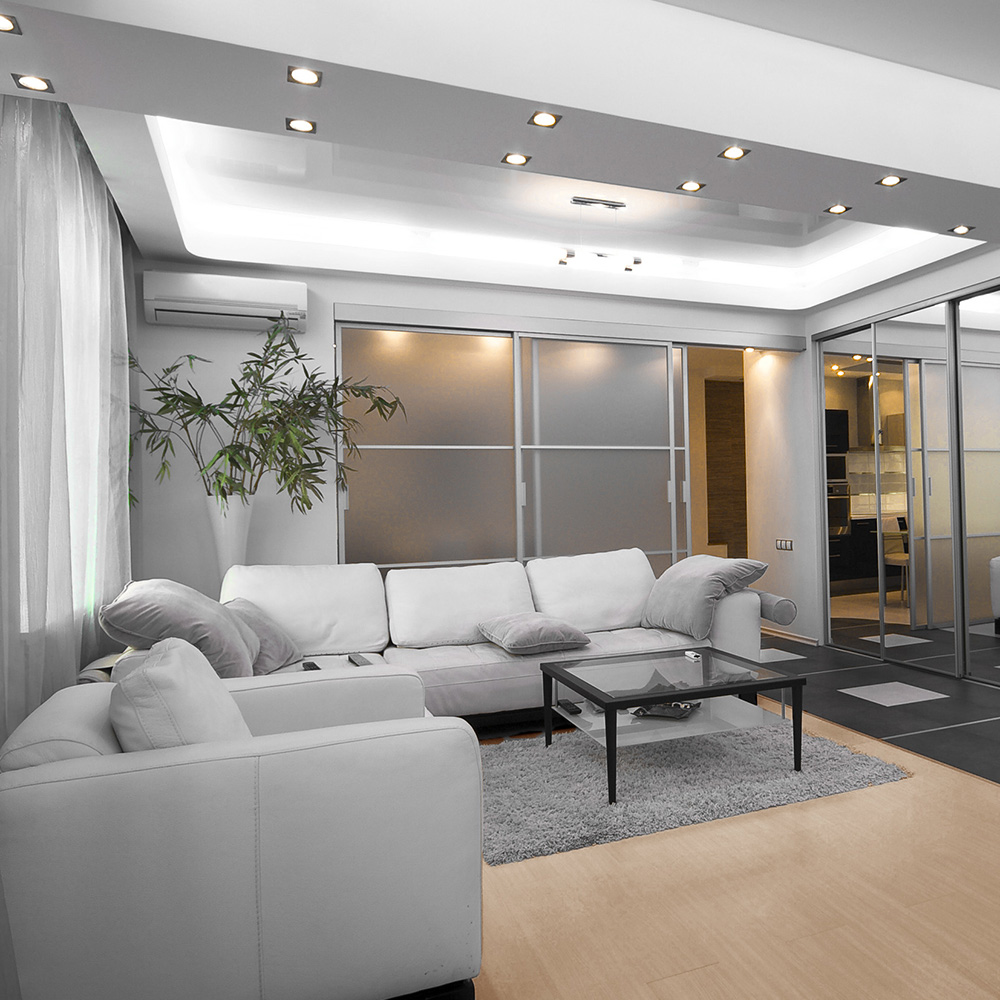Importance of Properly Laid Out Recessed Lighting in a Kitchen
When illuminating my kitchen, properly laid-out recessed lighting plays a crucial role. It provides a clean and modern lighting solution that enhances the space’s functionality and aesthetics. By strategically placing recessed lights throughout the kitchen, I can ensure that the entire area is evenly illuminated, eliminating shadows and dark corners. This is especially important for performing tasks such as food preparation and cooking and providing a pleasant atmosphere for dining and entertaining. Properly laid-out recessed lighting also adds a touch of sophistication and elegance to the kitchen, enhancing its overall design. With the right layout, I can create a well-lit and visually appealing kitchen space that is functional and inviting.

Factors to Consider for Recessed Lighting Layout in a Kitchen
I consider several important factors when planning the layout of recessed lighting in my kitchen. The first factor is the kitchen’s size and layout. I must determine the number of lights required to achieve adequate coverage without over or under-lighting the space. Additionally, I consider the ceiling height, as this will affect the placement and spacing of the recessed lights. Another crucial factor is the intended purpose of the lighting. For task lighting, such as over the kitchen island or countertop, I position the recessed lights to provide focused, shadow-free illumination. I distribute the lights evenly throughout the space for ambient lighting to create a warm and inviting atmosphere. I also consider any architectural features or focal points in the kitchen, such as artwork or decorative elements, and incorporate lighting to highlight them. Lastly, I take into account personal preferences and style, ensuring that the recessed lighting layout complements the overall design of my kitchen.
The DIY Guide to Converting Your Recessed Lights to LED

Step-by-Step Guide for Laying Out Recessed Lighting in a Kitchen
I follow a step-by-step process to lay out recessed lighting in my kitchen. Firstly, I create a paper lighting plan or use computer-aided design (CAD) software. This allows me to visualize the layout and make necessary adjustments before installation. Next, I identify the key areas that require task lighting, such as the kitchen island, sink, and stove.
I determine the appropriate number of lights for each area based on the size and lighting requirements. It’s important to space the lights evenly to avoid any dark spots or harsh shadows. Once the locations are mapped out, I consider the wiring and power supply. I ensure the electrical circuits can handle the load and consult a professional electrician if needed.
Finally, I proceeded with the installation, following the manufacturer’s instructions and any local electrical codes. It’s essential to take safety precautions and ensure the recessed lights are securely installed and properly aligned. With a well-thought-out plan and careful execution, I can achieve an effective and visually pleasing recessed lighting layout in my kitchen.
Recessed Lighting Kitchen Distance From Cabinets : Pin on Kitchen Design/Re-Design / Steps for

Kitchen Pictures With Recessed Lighting – Kitchen Photos Collections

Awesome Living Room Recessed Lighting Layout wallpaper

How to Layout Recessed Lighting in 7 Steps – Step 1 Dezigns – Blog

Recessed Lighting Layout for Kitchen

Recessed lighting in Kitchen For the Home Pinterest

Recessed Lighting Placement for Kitchen

Recessed Lighting In Kitchen Placements In Education : Recessed Lighting In Kitchen Placement

46 Kitchen Lighting Ideas (FANTASTIC PICTURES)

Recessed Lighting Planning Tool Recessed Lighting
Kitchen Recessed Lighting Advice – Electrical – DIY Chatroom Home Improvement Forum

Finish Basement – Recessed Lighting – DoItYourself.com Community Forums

Related Posts:
- Old Fashioned Kitchen Light Fixtures
- Undercounter Kitchen Led Strip Lights
- Led Kitchen Sink Light
- Single Pendant Lighting Over Kitchen Island
- Rise And Fall Pendant Lighting For Kitchen
- Best Led Lights For Under Kitchen Cabinets
- Cobalt Blue Pendant Lights Kitchen
- Beach House Kitchen Pendant Lights
- Kitchen Fluorescent Ceiling Light Covers
- Modern Flush Mount Kitchen Lighting